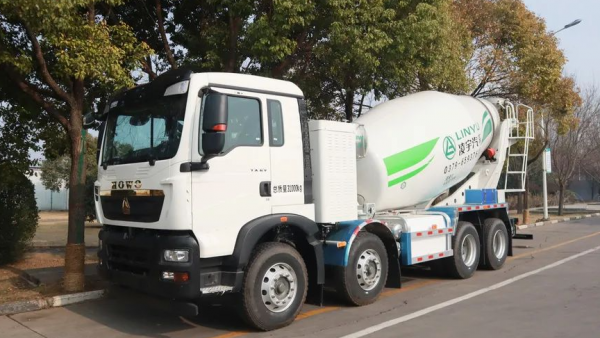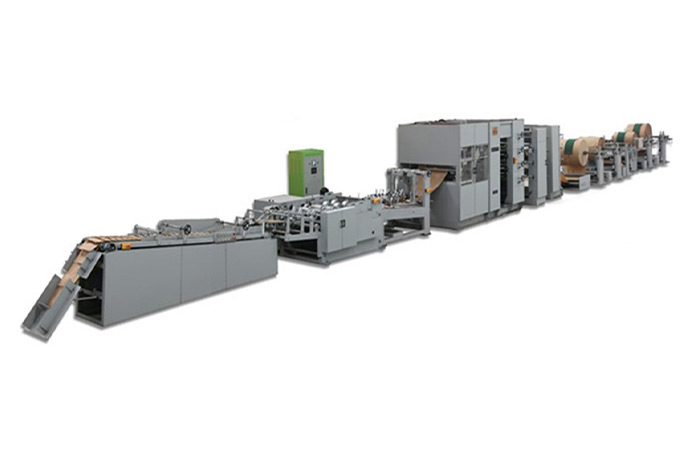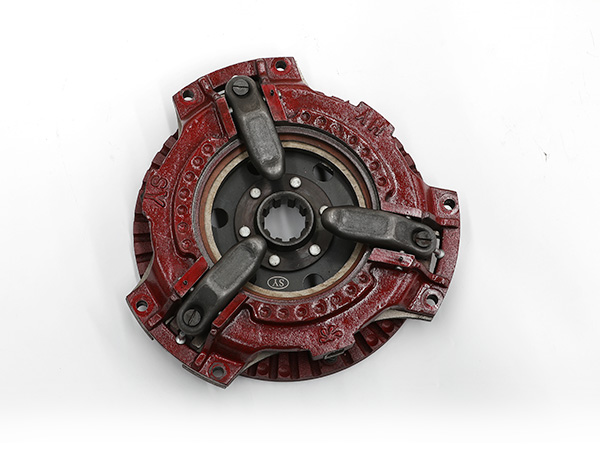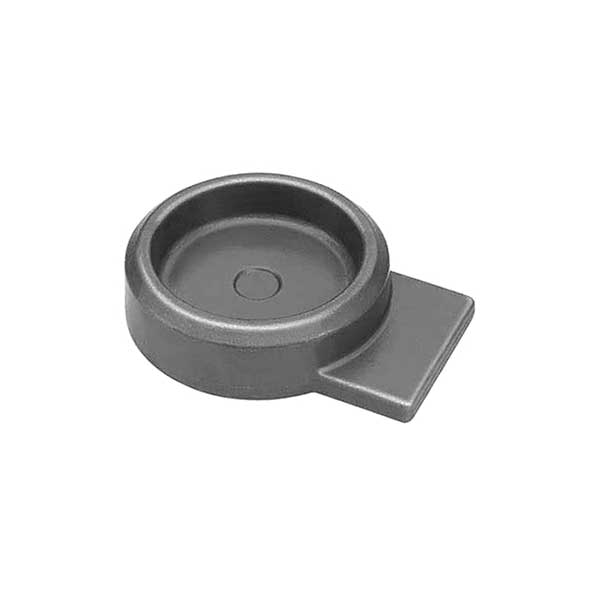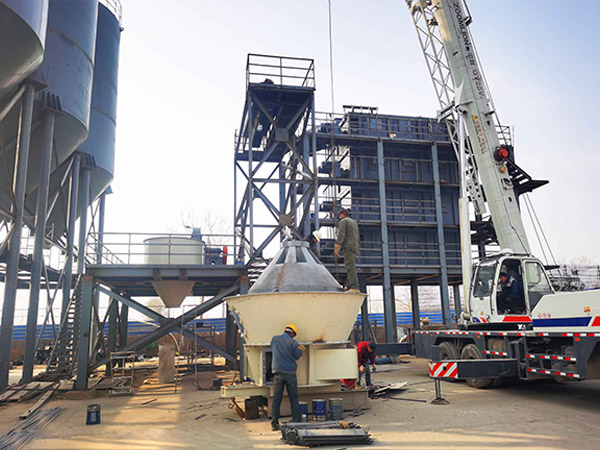https://www.ls-casting-mold.com/wp-content/uploads/2022/02/Concrete-mixer-truck(1)-e1645164067497.jpg
378
600
lsmojv
http://www.ls-casting-mold.com/wp-content/uploads/2018/12/lslogo-300x138.png
lsmojv2023-02-09 09:03:132023-02-09 09:03:13What are the specifications of the concrete mixer truck
https://www.ls-casting-mold.com/wp-content/uploads/2022/02/糊底机全图-e1644893738778.jpg
600
600
lsmojv
http://www.ls-casting-mold.com/wp-content/uploads/2018/12/lslogo-300x138.png
lsmojv2023-02-03 10:23:032023-02-03 10:23:03What kind of product packaging is the valve bag packaging machine mainly used for?
https://www.ls-casting-mold.com/wp-content/uploads/2022/08/tractor-clutch.jpg
450
600
lsmojv
http://www.ls-casting-mold.com/wp-content/uploads/2018/12/lslogo-300x138.png
lsmojv2023-02-03 10:10:132023-02-03 10:10:13Assembly and Adjustment of Clutch in Single Disc Dry Tractor
https://www.ls-casting-mold.com/wp-content/uploads/2022/02/12-e1645582658515.jpg
600
600
lsmojv
http://www.ls-casting-mold.com/wp-content/uploads/2018/12/lslogo-300x138.png
lsmojv2023-02-02 14:38:392023-02-02 14:38:39What are the three-dimensional cultivation modes?
https://www.ls-casting-mold.com/wp-content/uploads/2022/06/IMG_6351.jpg
400
600
lsmojv
http://www.ls-casting-mold.com/wp-content/uploads/2018/12/lslogo-300x138.png
lsmojv2023-02-02 14:29:312023-02-02 14:29:31What are the inspection methods for crane slewing bearing wear
https://www.ls-casting-mold.com/wp-content/uploads/2023/01/轴叉锻件.jpg
800
800
lsmojv
http://www.ls-casting-mold.com/wp-content/uploads/2018/12/lslogo-300x138.png
lsmojv2023-02-02 13:56:432023-02-02 13:56:43WHAT ARE THE CHARACTERISTICS OF MULTI-DIRECTIONAL DIE FORGING PROCESS?
https://www.ls-casting-mold.com/wp-content/uploads/2022/08/Harmonic-Reducer-Bearing.jpg
700
700
lsmojv
http://www.ls-casting-mold.com/wp-content/uploads/2018/12/lslogo-300x138.png
lsmojv2023-02-02 13:46:042023-02-02 13:46:04What are the selection methods for robot bearings?
https://www.ls-casting-mold.com/wp-content/uploads/2022/02/移动氢氧化钙生产线7-e1644565056663.jpg
529
600
lsmojv
http://www.ls-casting-mold.com/wp-content/uploads/2018/12/lslogo-300x138.png
lsmojv2023-02-02 11:44:222023-02-02 11:44:22HOW TO REALIZE AUTOMATIC PRODUCTION OF HYDRATED LIME PRODUCTION LINE
https://www.ls-casting-mold.com/wp-content/uploads/2022/02/Vibrating-Screen4-1.jpg
450
600
lsmojv
http://www.ls-casting-mold.com/wp-content/uploads/2018/12/lslogo-300x138.png
lsmojv2023-02-02 10:52:292023-02-02 10:52:29What should be paid attention to when installing a linear vibrating screen
https://www.ls-casting-mold.com/wp-content/uploads/2023/02/辊套-e1675305319523.jpg
450
600
lsmojv
http://www.ls-casting-mold.com/wp-content/uploads/2018/12/lslogo-300x138.png
lsmojv2023-02-02 10:35:362023-02-02 10:35:36What is the production process of the ball press roller skin
Scroll to top
